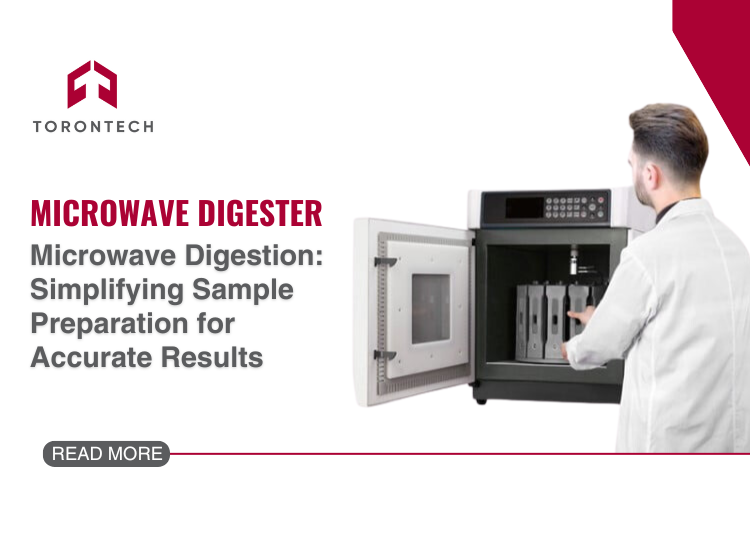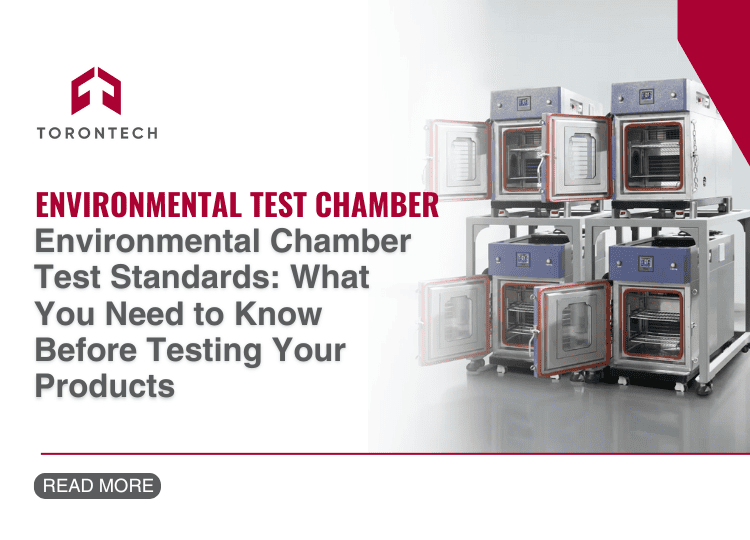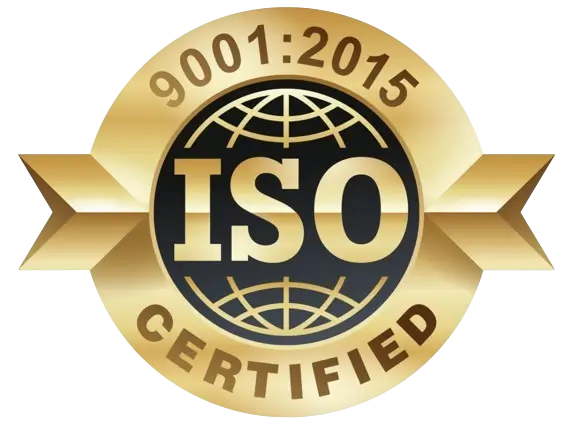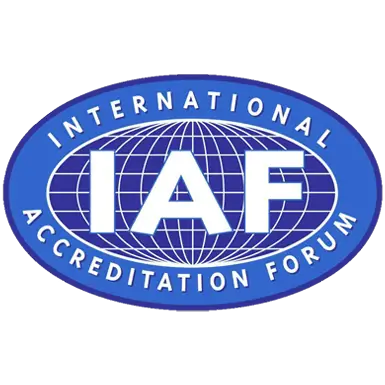Getting a clean, reliable separation with HPLC testing can be a real challenge. We’ve all seen it: a chromatogram that’s more of a lumpy, unresolved mess than a set of beautifully sharp peaks. That kind of result doesn’t just waste time; it wastes money on solvents and HPLC columns.
As partners in our clients’ success, we believe that choosing the right tool from the start is the most important step towards an efficient and cost-effective lab. The secret to taming your separations is picking the right method for the job.
We’re here to lay out the different types of HPLC without the dry-as-dust textbook descriptions. Think of this as your playbook for making your separations behave so you can get the high-quality results you need from your specific types of HPLC instruments.
Normal-Phase HPLC (NP-HPLC)
This is the original recipe, the old-school classic of the HPLC world. It works with a column packing that loves polar stuff—usually bare silica—and a mobile phase liquid that’s non-polar, like hexane or chloroform.
In this setup, molecules with more polarity in your sample are strongly attracted to the polar column, getting grabbed and held on to for dear life. So, they’re the last to come out.
While it’s not the first tool we reach for these days, we find this example of HPLC chromatography is still the absolute best tool for certain jobs. It excels at separating things that absolutely hate water or for sorting out tricky isomers that look deceptively similar.
Reversed-Phase HPLC (RP-HPLC)
Let’s not beat around the bush—this is the workhorse of almost every single lab out there, and for good reason. It flips the Normal-Phase idea on its head.
The column packing is non-polar, made by bonding long, oily hydrocarbon chains (you’ll see them called C18 or C8) to the silica support. Then you run a polar, watery liquid through it, usually a mix of water with something like acetonitrile or methanol. Stuff in your sample that’s more oil-like (hydrophobic) gets held back by the oily column, while the water-loving stuff shoots right through.
The separation is controlled by simply tweaking the ratio of your organic solvent to water. Compared to other different types of HPLC techniques, the reliability is satisfyingly spot-on.
Size-Exclusion Chromatography (SEC)
Think of this technique as a molecular bouncer with a very strict door policy based on size. The column is filled with tiny, porous beads made of a stable polymer.
As your sample flows through, the really big molecules are too chunky to get into the little holes, so they are forced to take the fast track around the outside of the beads and come out first. The smaller molecules take a long, winding detour through the maze of pores and, as a result, come out much later.
The real beauty of SEC is how gentle it is. There are no harsh chemical interactions; the molecules don’t actually stick to the column. This makes it perfect for checking on big, fragile things like proteins and polymers, a unique quality among the different types of HPLC.
Ion-Exchange Chromatography (IEX)
This technique is all about electrical charge. The column packing has a fixed charge covalently bound to it, either positive or negative.
As your sample mix flows through, molecules that have the opposite charge will stick to it. Everything else just washes away. Then, the real magic happens during the elution step.
You methodically change the liquid conditions, usually by running a gradient of increasing salt concentration. The salt ions compete with your sample molecules for the charged spots on the column, eventually kicking them off in a controlled, predictable way.
It’s a bit more fiddly to set up than Reversed-Phase, we’ll admit, but the payoff is huge. When you’re facing a truly complex mix, the resolving power you get from this specific example of types of HPLC chromatography is frankly unmatched.
Affinity Chromatography (AC)
If SEC is a bouncer, then Affinity Chromatography is the VIP pass for a single, specific celebrity.
The column is coated with a special molecule—a ligand—that will only grab one specific thing out of your entire sample, based on a perfect molecular match like an antibody to an antigen. Everything else in your sample, no matter what it is, flows right through to the waste bin.
After you’ve washed all the unwanted material away, you change the buffer conditions to break that specific bond and release your target molecule, which is now insanely pure. The clean-up you get from this one step is just off the charts.
HPLC Method Comparison: A Cheat Sheet
As the table shows, each of the different types of HPLC techniques provides a unique separation strategy. This choice dictates the solvents you’ll use and the specific types of HPLC instruments required. Understanding these core types of HPLC chromatography is the key to building a cost-effective and reliable method.
| Technique | Separation Principle | Stationary Phase | Mobile Phase | Primary Application |
| Normal-Phase | Polarity | Polar | Non-polar | Water-sensitive compounds, isomers |
| Reversed-Phase | Hydrophobicity | Non-polar | Polar | Broad range of pharmaceuticals, foods |
| Size-Exclusion | Molecular Size | Porous (non-interactive) | Varies | Large molecules (proteins, polymers) |
| Ion-Exchange | Net Charge | Charged | Aqueous Buffer | Charged biomolecules (amino acids) |
| Affinity | Specific Binding | Ligand-coated | Aqueous Buffer | High-purity purification of a single target |
How to Choose The Suitable Types of HPLC

Choosing your HPLC method isn’t just a science question; it’s a budget and timeline question. We have seen firsthand how picking the wrong tool for the job leads to wasted hours and costly materials. It’s about understanding the different types of HPLC techniques to get reliable data, efficiently.
Analyte Properties
The kind of molecules you’re working with basically makes the decision for you when selecting from the various types of HPLC.
- Polarity: If your stuff is hydrophobic, you’ll almost certainly start with Reversed-Phase. If it’s very polar and happier in organic solvents, Normal-Phase is your ticket.
- Size: If you’re working with huge molecules like proteins, SEC is the clear path.
- Charge: If your molecules carry a positive or negative charge, IEX is built for the job.
- Specific Match: If you have access to a specific binder for your target, Affinity is the dream ticket for purity.
Related article: Stop Batch Failures: Assay vs Purity in HPLC
Analytical Goal
Your objective will point you to the right method.
- Quantification: For measuring “how much,” Reversed-Phase and Ion-Exchange are solid, reproducible choices.
- Purification: For getting something clean, Affinity offers unbeatable purity. IEX and SEC are also purification workhorses.
- Characterization: To figure out the size profile of polymers or proteins, SEC is essential.
Column and Instrument Considerations
Your hardware is a critical piece of the puzzle. Shorter columns mean faster runs; longer columns often mean better-looking, more separated peaks. We always tell clients that an effective system isn’t about the highest price tag, but the most appropriate technology. Investing in the right types of HPLC instruments for your work is fundamental to a cost-effective operation.
Torontech: Cost-Effective Solutions for All Types of HPLC
The wide variety of HPLC methods represents a powerful collection of tools, ready to be deployed. The key takeaway is that by matching the technique to the molecule and the scientific goal, you can achieve clean, reliable, and efficient results without the usual headaches. It’s about working smarter, not just harder, to get the data you need. A good separation is the foundation of good data, and a good choice of method is the foundation of a good separation.
At Torontech, we believe our job is to be more than just a supplier; we’re a partner in your lab’s success. We specialize in providing cost-effective HPLC solutions by helping our clients make these critical decisions with confidence.
Our team works with you to select the right types of HPLC instruments and methods from the start, ensuring your workflow is scientifically sound, efficient, and makes good business sense. We’re here to help you get the most out of your investment. Contact us today to learn how we can support your work.
Ready to Find the Right HPLC Solution?
Frequently Asked Questions (FAQ)
2. Can I use the same HPLC instrument for different techniques?
Generally, yes. The core hardware—the pump, autosampler, and detector—is versatile. The change between different types of HPLC techniques primarily involves swapping out the column and changing the mobile phase. The key is to properly flush the system with an intermediate solvent when switching between chemistries to avoid damage. This versatility means a single, well-chosen system can be adapted for many projects, maximizing your lab's investment.
3. What is the main difference between HPLC and UHPLC?
UHPLC (Ultra-High-Performance Liquid Chromatography) is a high-pressure version of HPLC that uses columns with much smaller particles. The main benefit is significantly faster results and sharper peaks. The trade-off is that it requires specialized types of HPLC instruments built to handle the extreme pressure. Deciding between them is a classic budget-versus-throughput question, and we specialize in helping labs find the most cost-effective solution for their specific needs.
4. How important is sample preparation before HPLC analysis?
It’s absolutely critical. Clean samples lead to clean results and protect the expensive column from clogs and contamination. Taking a few extra minutes to filter your sample will save you hours of troubleshooting and significant money on replacement parts. It's one of the most overlooked ways to manage lab costs, which is why we always emphasize it when discussing long-term operational success.
5. How do I choose the right detector for my HPLC system?
The HPLC detector you choose depends entirely on your molecule. A UV-Vis detector is a fantastic all-rounder for compounds that absorb UV light. A Mass Spectrometry (MS) detector is the most powerful tool for confirming a molecule's identity, but it's also far more complex and expensive. Selecting the right detector is crucial for getting the data you need without overspending, and our team has the expertise to guide you to the right choice for your applications and budget.








